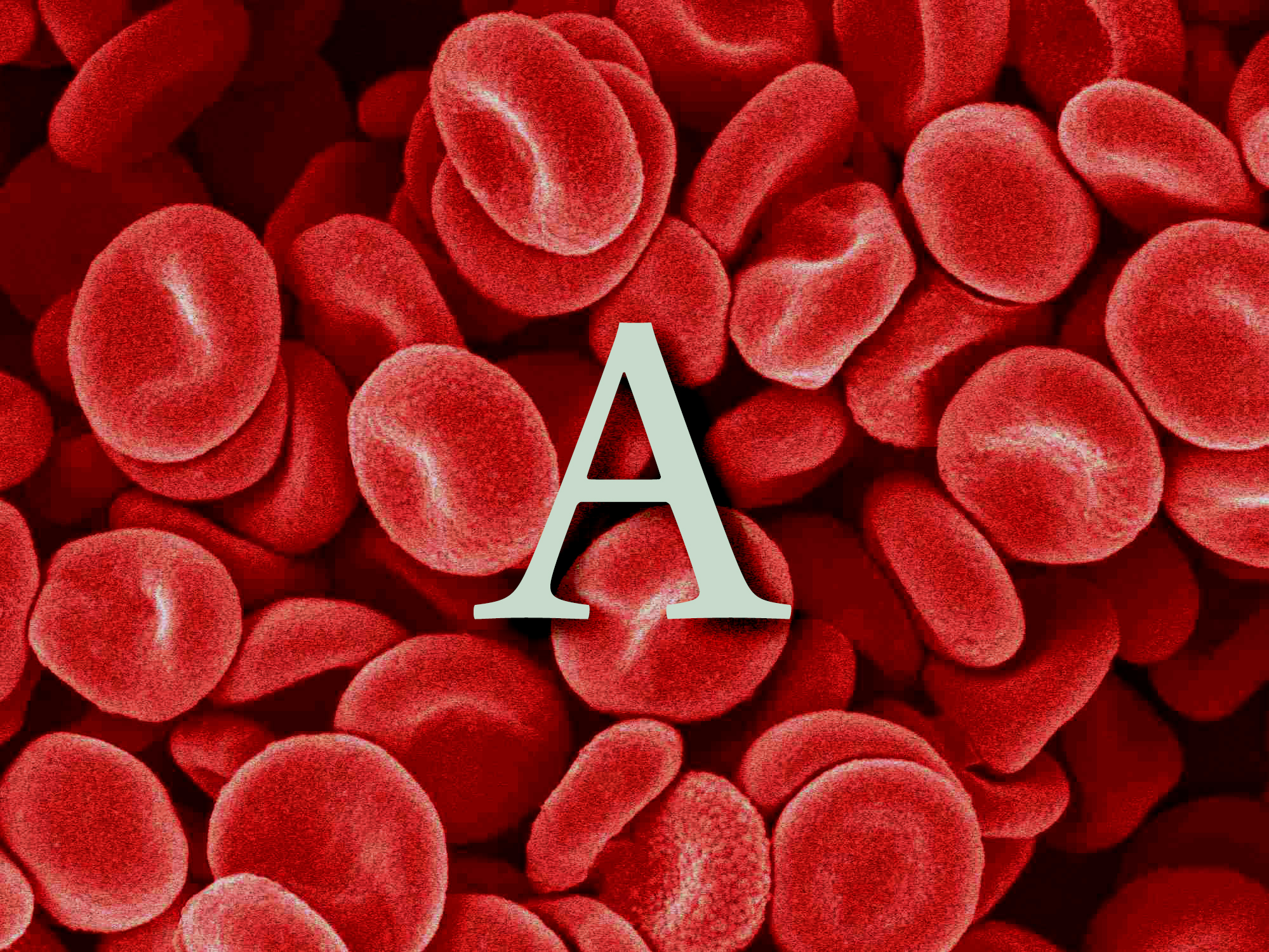Regular prophylaxis with exogenous factor VIII (FVIII) is recommended for individuals with severe haemophilia A (HA), but standardised data are scarce. Here, we report real-world data from a global cohort. Participants were men ≥18 years old with severe HA (FVIII ≤ 1 IU/dL) receiving regular prophylaxis with FVIII. Participants provided 6 months of retrospective data and were prospectively followed for up to 12 months. Annualised bleeding rate (ABR) and FVIII utilisation and infusion rates were calculated. Differences between geographic regions were explored. Of 294 enrolled participants, 225 (76.5%) completed ≥6 months of prospective follow-up. Pre-baseline and on-study, the median (range) ABR values for treated bleeds were 2.00 (0-86.0) and 1.85 (0-37.8), respectively; the median (range) annualised FVIII utilisation rates were 3629.0 (1008.5-13541.7) and 3708.0 (1311.0-14633.4) IU/kg/year, respectively; and the median (range) annualised FVIII infusion rates were 120.0 (52.0-364.0) and 122.4 (38.0-363.8) infusions/year, respectively. The median (range) Haemo-QoL-A Total Score was 76.3 (9.4-100.0) (n = 289), ranging from 85.1 in Australia to 67.7 in South America. Physical Functioning was the most impacted Haemo-QoL-A domain in 4/6 geographic regions. Despite differences among sites, participants reported bleeding requiring treatment and impaired physical functioning. These real-world data illustrate shortcomings associated with FVIII prophylaxis for this global cohort of individuals with severe HA.



